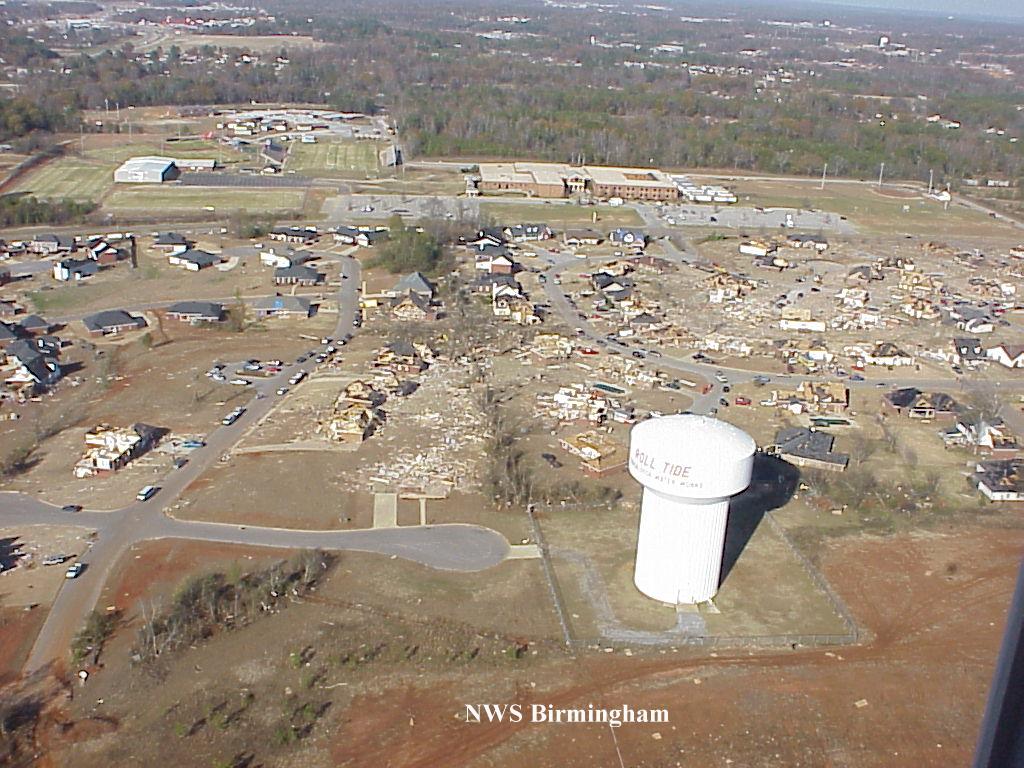I don't know if this has been asked, but are there any F-5 tornadoes pre-2007 that would be rated EF-5 today? Like I know there are a few like Niles, OH-Wheatland, PA and Bridge Creek-Moore, OK. But what would be some other examples?
I am confident in saying that Andover, Bridge Creek/Moore 1999, Jarrell TX, Niles/Wheatland, and Brandenburg would still be rated EF5 today.
Agreed on all these.
I would add that I believe these next ones would be rated EF5 unless the office involved was just being ridiculous:
Udall, Kansas 1955
Beecher, Michigan 1953
Hudsonville, Michigan 1956
Ruskin Heights KC, Missouri 1957
Pittsfield - Strongsville, Ohio 1965*
Dunlap (Sunnyside), Indiana 1965*
Candlestick Park, Mississippi 1966
Topeka, Kansas 1966
Tracy, Minnesota 1968 - unless they quibbled with construction; the contextuals were extreme
Guin Alabama 1974
Brownwood, Texas 1976 - this thing may have been way stronger than I initially thought
Jordan, Iowa 1976
Oakfield, Wisconsin 1996 - tore vehicles apart; scoured crops to nothing; bent rebar supports at a well-built home it destroyed... I'm satisfied
Lawrence County, Tennessee 1998
*Not officially F5
Why these? Because the EF5 rating seems to have two problems: one is that it seems to be granted only to what I would call *high end F5* if that makes sense; the other is a deep reticence to consistently apply it to tornadoes that are not just old school F5, but good enough for this apparent absolutely extreme standard. That said, the tornadoes you mention plus the ones above were absolutely extreme.
With Goessel and hesston, among others, I just don't know much about them.
You just never know with the rest. The 1958 Colfax, Wisconsin tornado swept away homes and did high end contextual damage. That should be good enough but it and several other official F5s would probably get ignored.
I tend to be pretty moderate in my attitudes towards the EF5 scale, but, well, we all know what the deal is. And, again, you never know. If Vilonia isn't EF5..... but assuming a modicum of sanity, I think that's our list of no brainers
Note that the question kinda inevitably becomes implicitly a question of, which tornadoes were the most violent even amongst F5s? Which is fine, of course, and a fun topic.










